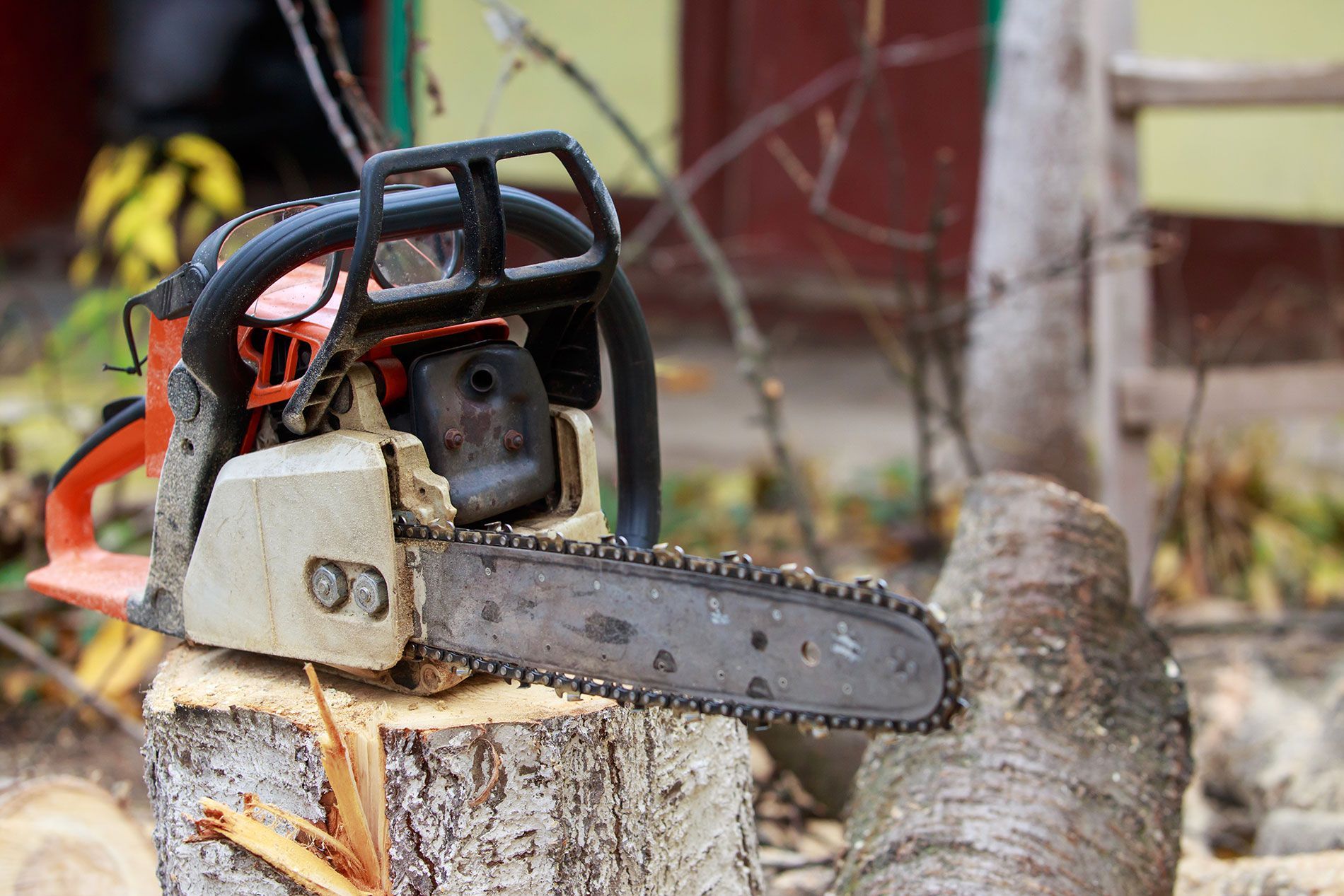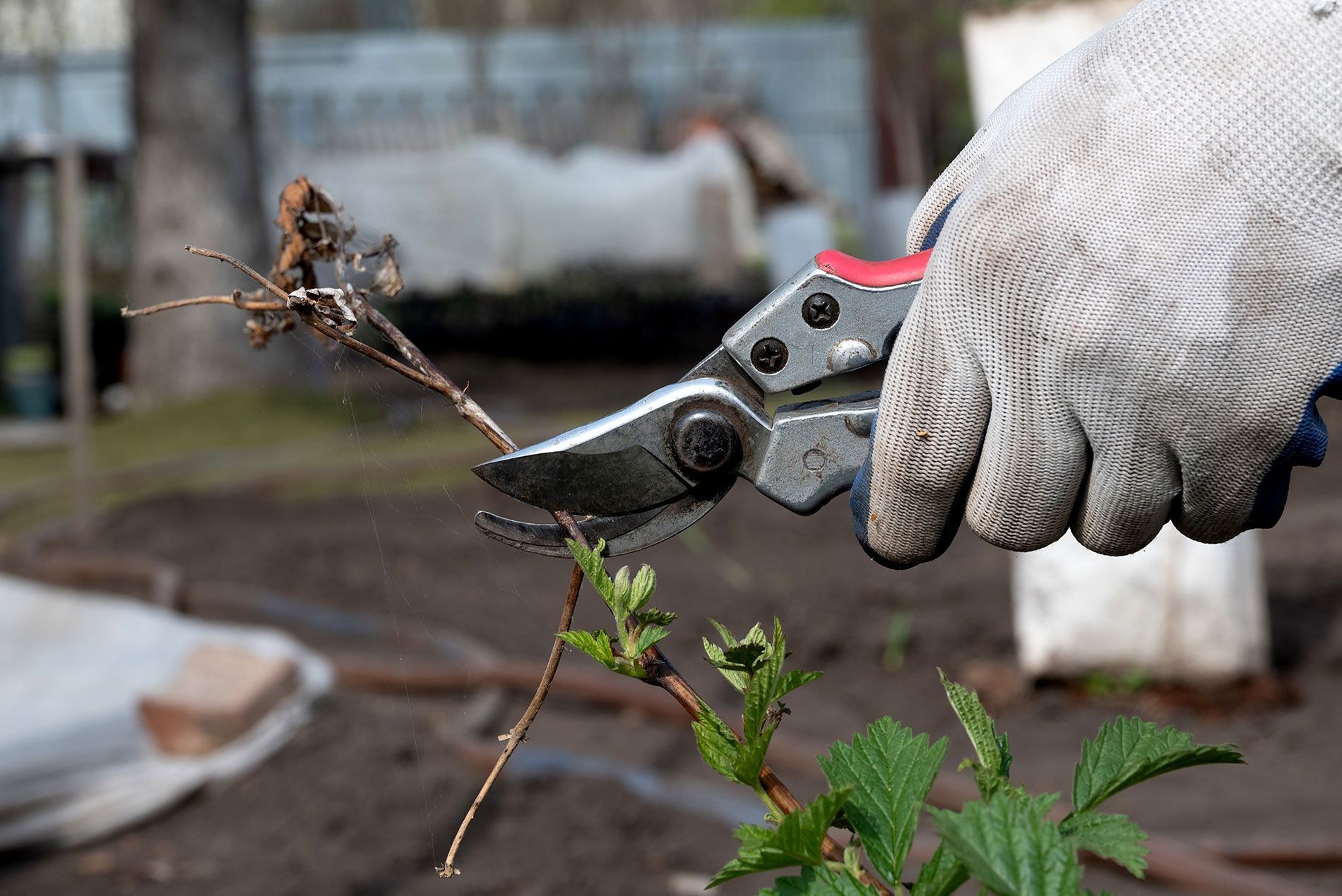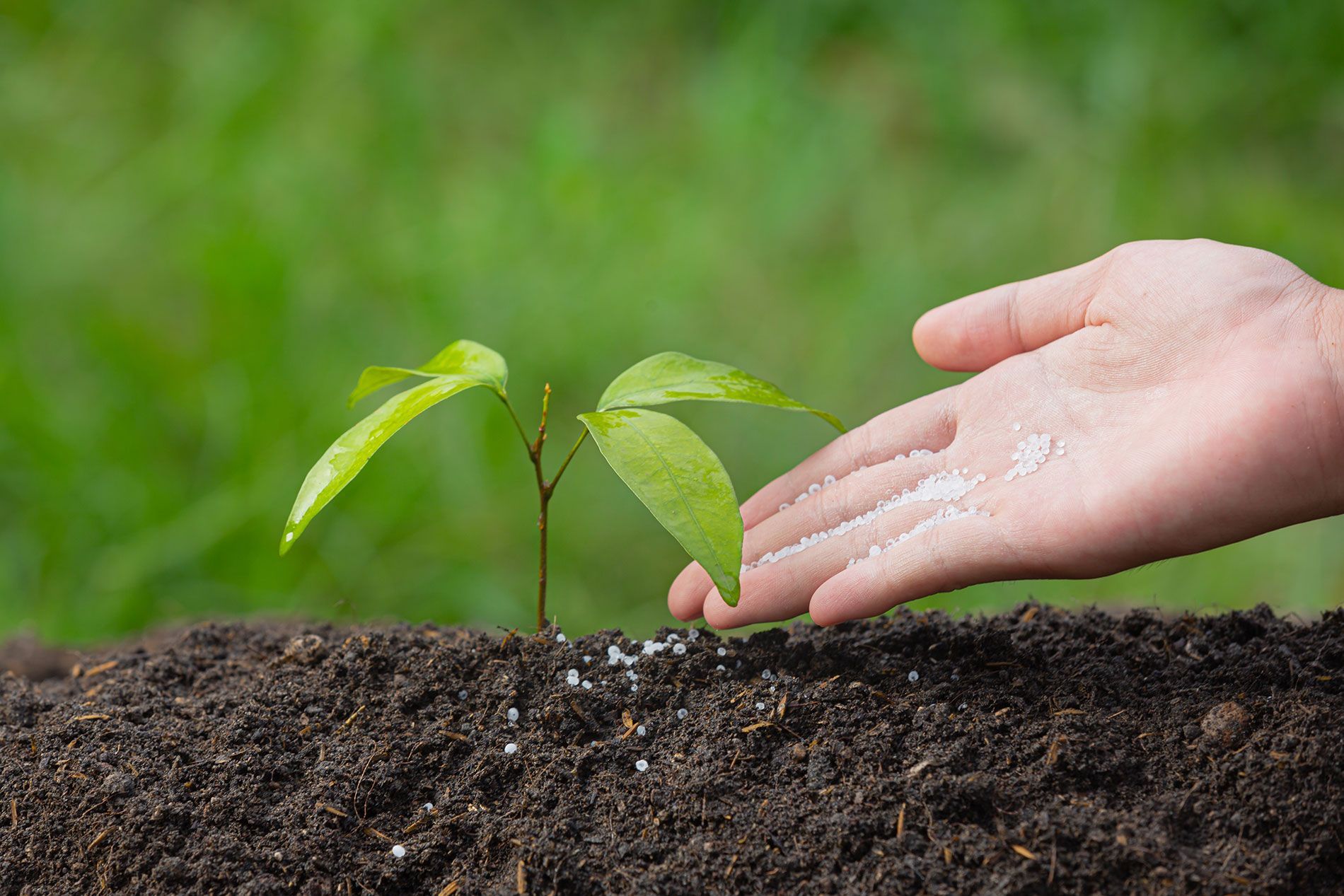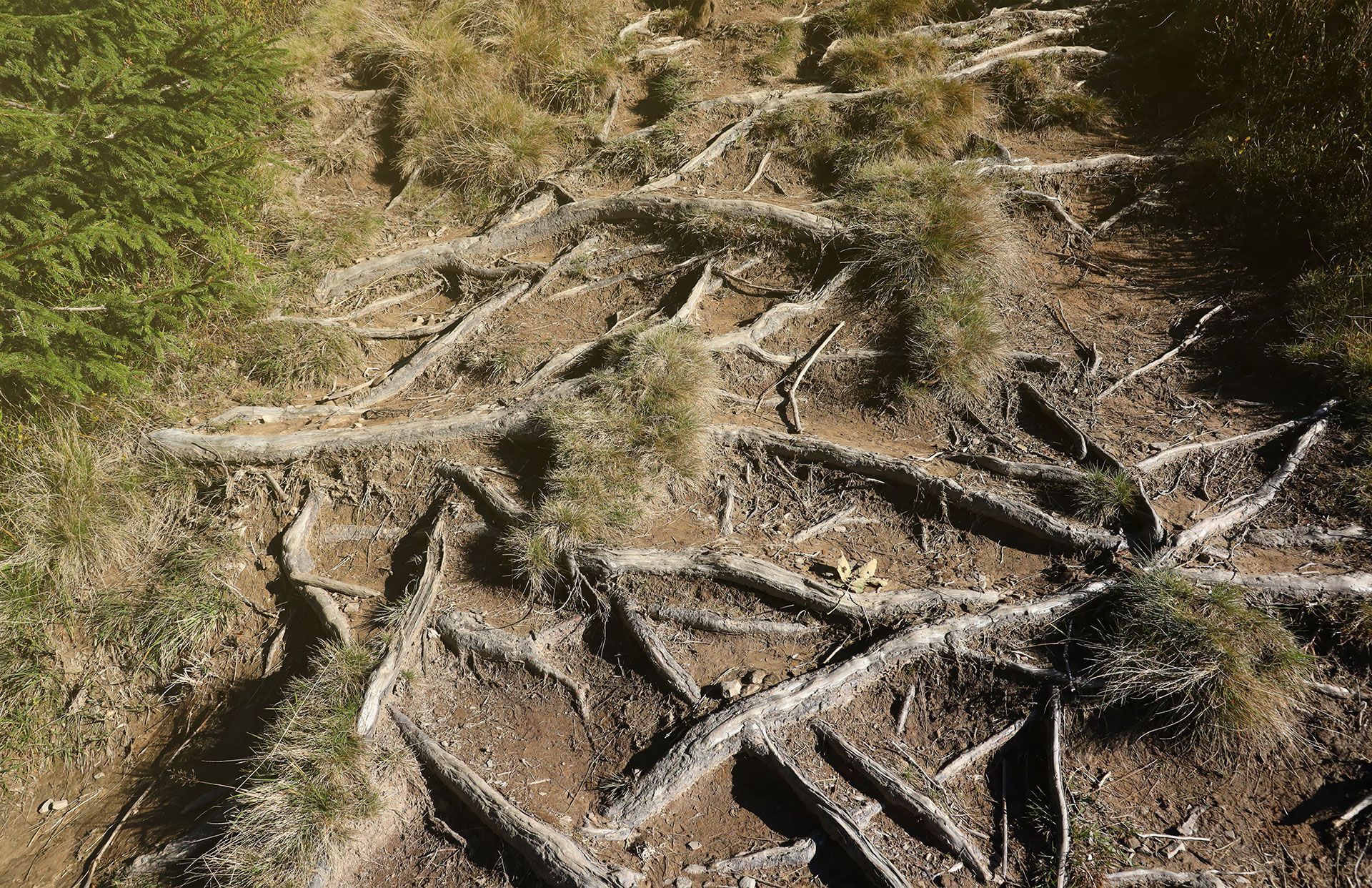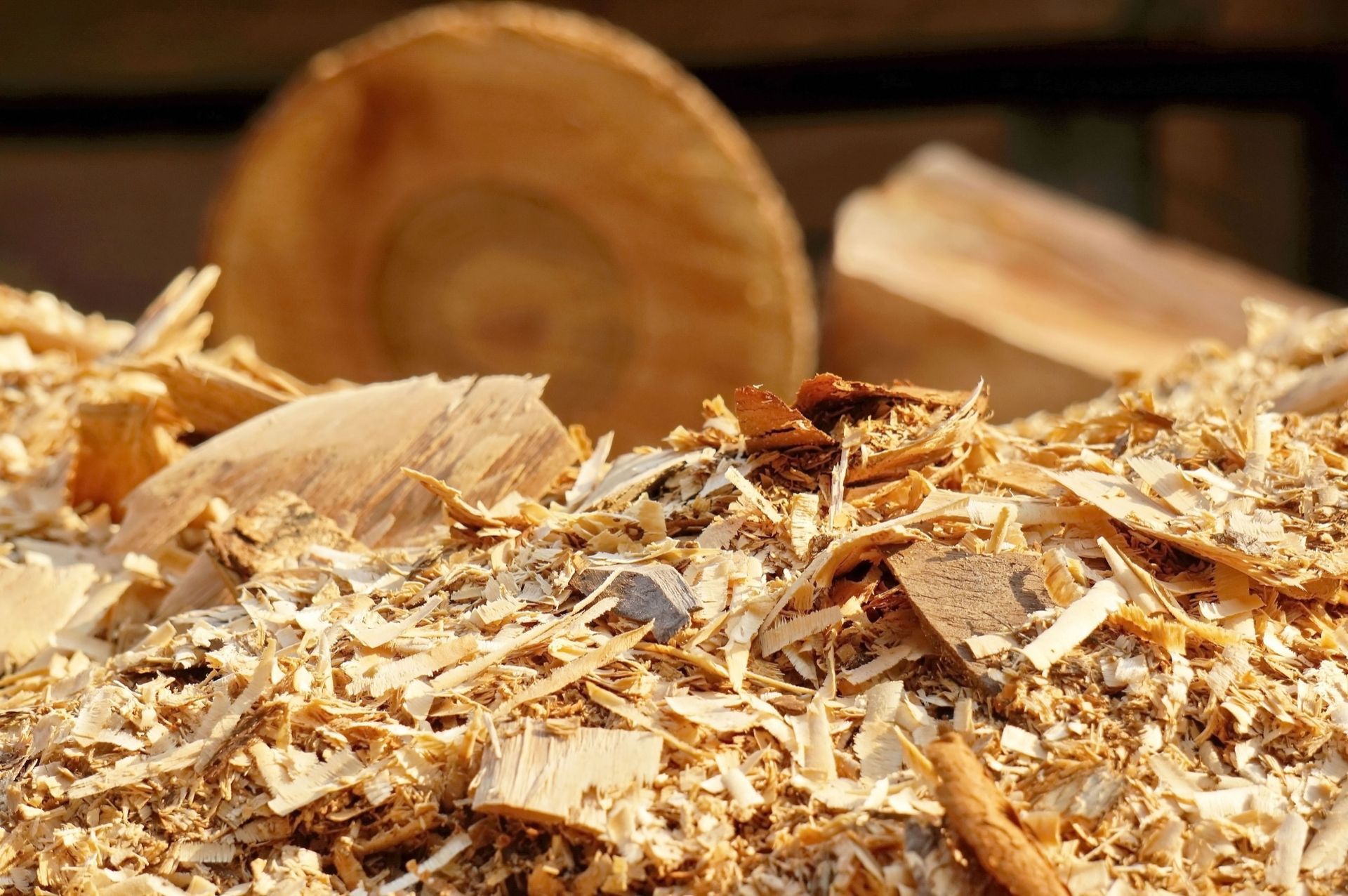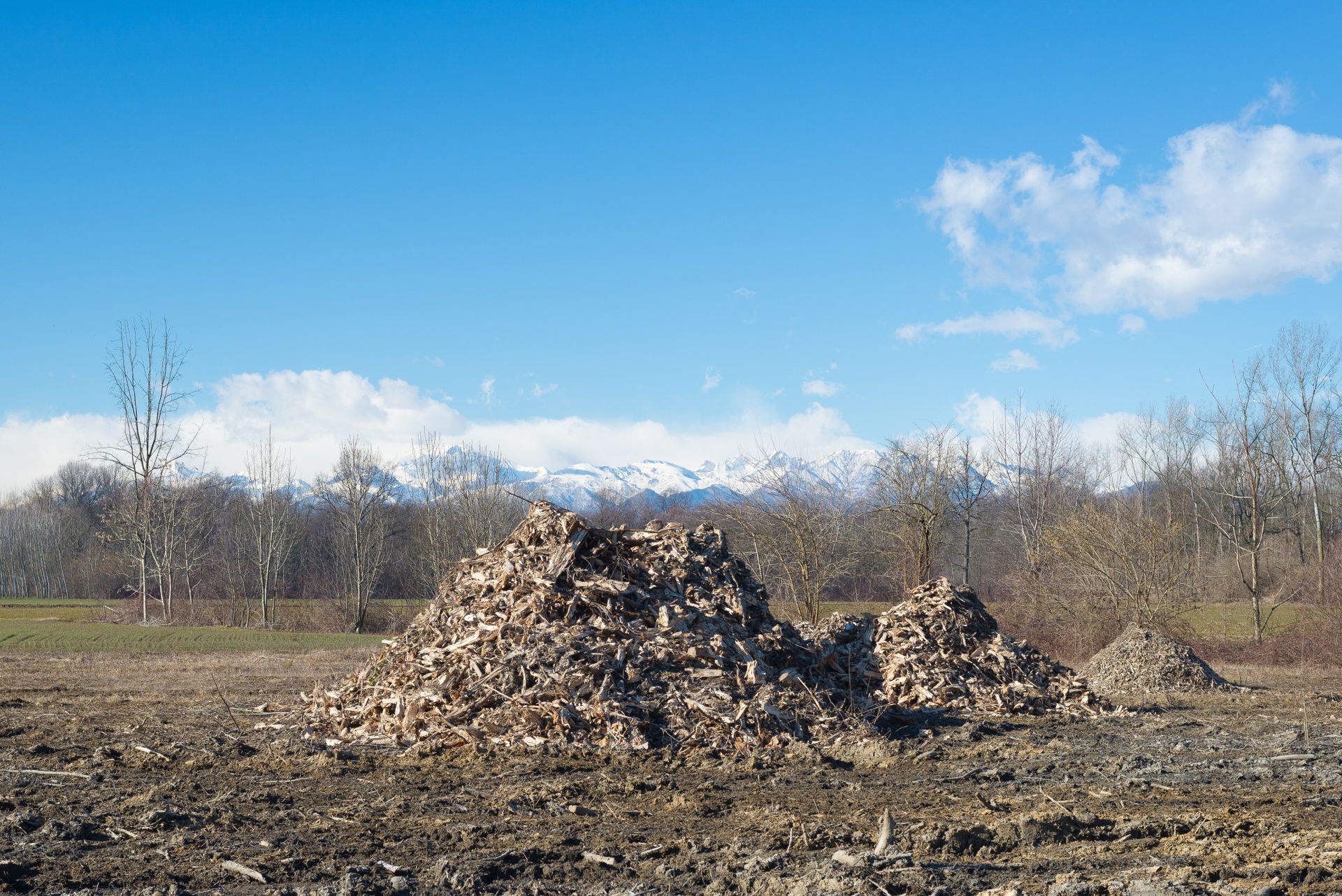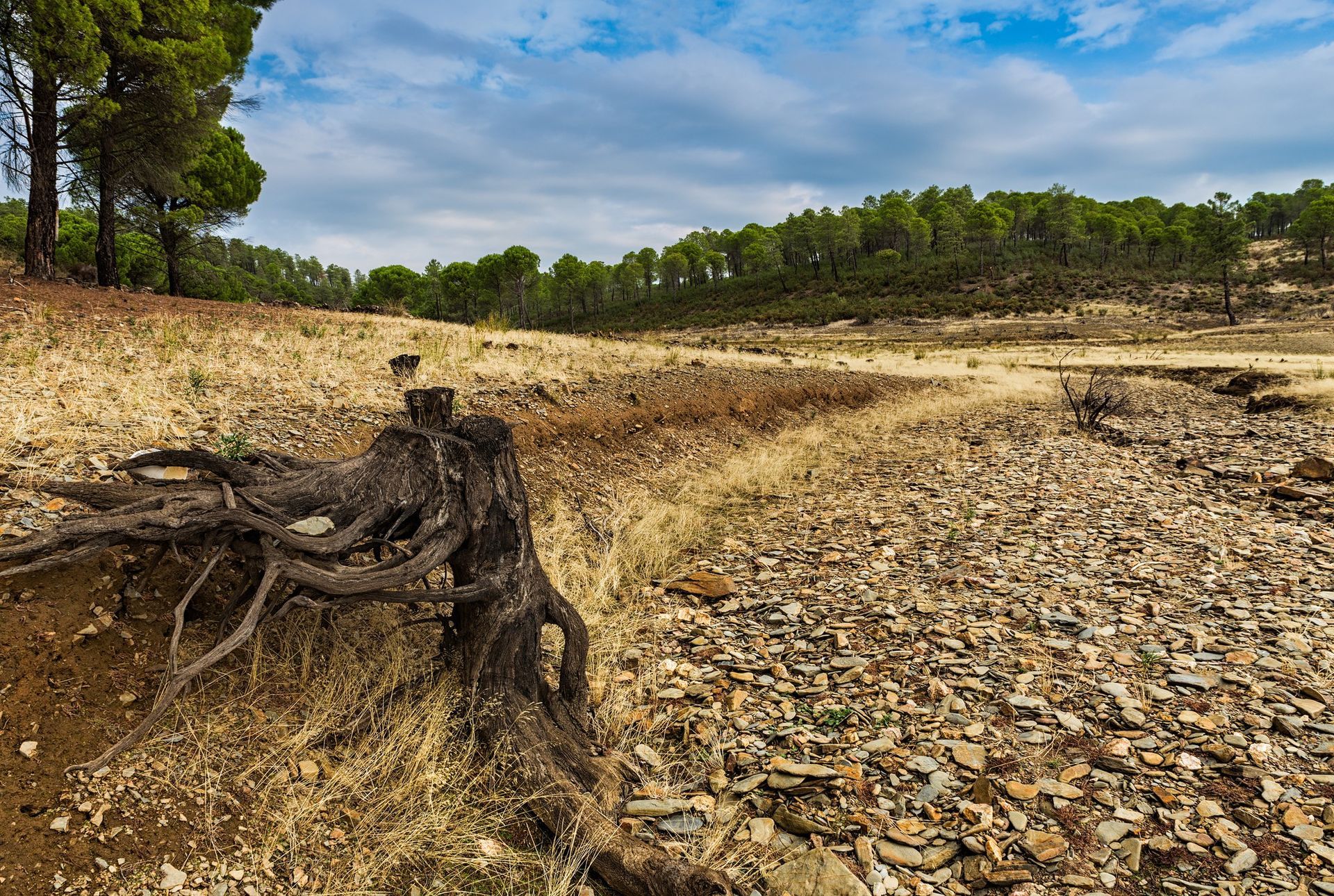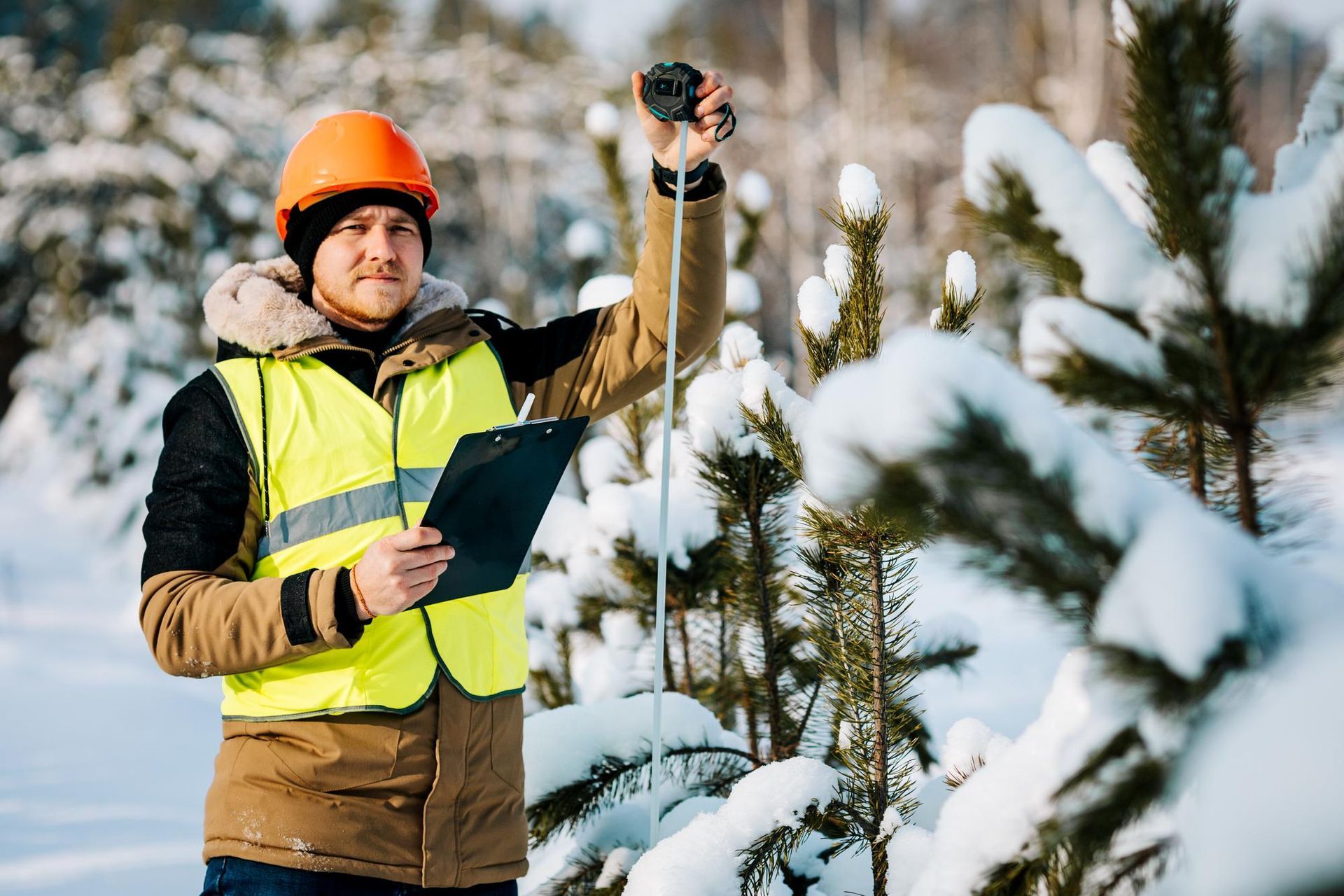The Suburban Forest: Why Tree Thinning is Crucial for Residential Properties
Drive through any picturesque suburban neighborhood, and you’ll likely notice lush trees flanking houses, streets, and parks. These trees, often the result of thoughtful urban planning, create a serene ambiance reminiscent of nature’s bosom, juxtaposed against the concrete and hustle of city life. But, as beautiful as these suburban forests appear, they demand regular attention and care. Among the various arboricultural practices,
tree thinning stands out as a crucial component for maintaining the vitality of residential green spaces. Beyond mere aesthetics, these trees play pivotal roles in ecological balance, air quality improvement, and mental well-being. However, without regular interventions like thinning, they can become overcrowded, hindering their growth and reducing their overall benefits. Let's explore why.
Understanding the Suburban Forest
Suburban greenery is not just about aesthetics. It provides numerous benefits:
- Ecological Balance: Trees absorb carbon dioxide, release oxygen, and provide habitats for various species, acting as the cornerstone for a thriving suburban ecosystem.
- Temperature Regulation: They act as natural insulators, reducing the heat island effect prevalent in urban areas, and subsequently decreasing the reliance on artificial cooling systems during warmer months.
- Mental Well-being: Numerous studies show that green spaces contribute to human psychological well-being, offering a sanctuary of calm and tranquility amidst the bustling urban environment.
But why the emphasis on tree thinning? And how does it fit into the broader spectrum of
tree care in residential areas?
The Art and Science of Tree Thinning
Tree thinning is essentially the selective removal of certain branches or trees to ensure the overall health and growth of an area. In residential properties, this process requires a delicate balance, ensuring that safety, aesthetics, and tree health are all taken into consideration. Beyond the obvious benefits, tree thinning, when done correctly, can improve light penetration and air circulation, enhancing the vibrancy of undergrowth and neighboring plants. This harmonization of the suburban landscape fosters a more dynamic ecosystem, where each element – from the towering oaks to the smallest shrubs – flourishes in concert with the others.
Benefits of Tree Thinning in Suburban Areas
- Safety: Overgrown or densely packed trees can pose threats. They can become potential hazards during storms, with the possibility of branches or entire trees falling on homes, cars, or power lines. By thinning trees, we can reduce such risks significantly.
- Health: Just as overcrowding can be detrimental to humans, the same applies to trees. When they're too close together, they compete for sunlight, water, and nutrients. Thinning ensures each tree has ample resources for optimal growth.
- Disease Prevention: Overcrowded trees create a damp, shaded environment, perfect for the proliferation of certain pests and diseases. Proper air circulation, facilitated by thinning, helps mitigate these risks.
- Aesthetics: Residential properties benefit from a curated, well-maintained appearance. Thinning trees can open up views, allow more light into homes, and create a more balanced landscape.
How Residential Tree Thinning Differs from Forest Thinning
In natural forests, thinning is done primarily for ecological reasons, focusing on the broader health of the ecosystem and ensuring diverse species flourish. In suburban areas, while these ecological reasons remain essential, there are additional concerns that shape the thinning approach:
- Space Constraints: Unlike expansive forests, suburban areas have limited space. Each tree needs to be optimized for its environment, ensuring that it doesn't overshadow adjacent structures or impede paths and roads, while still getting the necessary nutrients and light.
- Human Interaction: Trees in residential areas are frequently in close contact with humans, from children playing beneath them to adults seeking shade. Thus, their maintenance needs to ensure safety, preventing fall hazards from weak branches, and comfort, ensuring that the foliage doesn't become a nuisance or obstruction for residents.
- Property Value: Well-maintained trees can boost property values, making them not just environmental assets but economic ones too. Strategically thinned trees can enhance the curb appeal of a property, making it more attractive to potential buyers or even increasing rental values in the area.
Tips for Successful Tree Thinning in Residential Areas
- Regular Assessments: Periodic checks by a professional arborist can help determine when and how much to thin.
- Prioritize Weak Trees: Focus on trees showing signs of disease or those that are weaker. They're likely candidates for removal or pruning.
- Consider the Species: Some tree species naturally grow denser than others. Knowing the types of trees in your property can guide thinning decisions.
- Hire Professionals: Tree thinning isn't just about randomly removing trees. It's a science that, when done incorrectly, can harm the tree or its surroundings. Professional arborists can provide guidance and expertise.
The Importance of Hiring Professionals for Tree Thinning in Suburban Forests
While many homeowners might be tempted to take on the task of tree thinning themselves, driven by the do-it-yourself spirit or aiming to save some costs, the process is much more intricate than it might initially appear. There are substantial reasons to leave this task to the professionals:
- Expertise and Knowledge:
- Assessment Skills: A professional arborist can accurately evaluate which trees or branches need removal. This involves understanding the health of the tree, its growth patterns, and its potential risks.
- Species-specific Knowledge: Different tree species have unique requirements. Professionals understand these nuances, ensuring that each tree is treated in a manner best suited to its growth and health.
- Safety:
- Potential Hazards: Thinning trees, especially large ones, can be dangerous. Falling branches, the use of heavy machinery, and working at height all pose potential risks.
- Proper Equipment: Professional tree care companies are equipped with the necessary tools and safety gear to handle tree thinning efficiently and safely. This ranges from harnesses and climbing ropes to specialized pruning tools.
- Insurance: Established tree care services often come with insurance. This means that if any damage occurs to your property during the process, it’s covered.
- Efficiency and Cleanup:
- Speed: Thanks to their experience and equipment, professionals can complete the task in a fraction of the time it might take an amateur.
- Cleanup: Post-thinning cleanup can be daunting, with branches, leaves, and debris scattered around. Professionals usually include cleanup in their service, leaving your property neat and tidy.
- Long-term Health of Trees:
- Correct Pruning Techniques: Improper cutting can harm a tree, leading to disease, infestation, or stunted growth. Professionals ensure that cuts are made correctly, promoting healthy regrowth.
- Disease Prevention: Professionals can identify early signs of disease or infestation and can offer solutions or preventative measures to ensure the longevity of your trees.
- Environmental Responsibility:
- Habitat Preservation: Incorrect thinning can inadvertently destroy nests or habitats of local fauna. Professionals are trained to be mindful of these, ensuring minimal disruption to the local ecosystem.
- Sustainable Practices: Established tree services often adhere to sustainability principles, ensuring that the removed wood is recycled or repurposed appropriately.
- Value for Money:
- Avoiding Future Costs: Incorrect thinning can lead to tree diseases, potential hazards, or damage to property. By investing in professionals, homeowners can actually save on potential future costs associated with rectifying mistakes.
- Advisory Role:
- Post-Care Guidance: After thinning, trees might need specific care in terms of watering, fertilization, or protection. Professionals can guide homeowners on the best practices to ensure the trees thrive.
While tree thinning is an invaluable practice for maintaining the health and beauty of suburban forests, it's essential to approach it with the respect and care it deserves. Hiring professionals isn't just about outsourcing a task; it's about ensuring the longevity, safety, and aesthetic value of the green lungs that grace our suburban landscapes.
The Broader Impact of Tree Thinning on Residential Biodiversity
Suburban areas can be rich in biodiversity. Birds, squirrels, insects, and more thrive in these pockets of green. Tree thinning can play a pivotal role in this ecosystem:
- Promotes Understory Growth: By allowing sunlight to reach the ground, thinning supports the growth of shrubs, grasses, and other smaller plants, enriching the local habitat.
- Supports Animal Life: With a healthier ecosystem, various animal species can find food and shelter more easily.
- Affects Pollination: A well-thinned suburban forest promotes cross-pollination, crucial for the reproduction of many plants.
Conclusion
The suburban forest is more than just a collection of trees dotting our residential landscapes. It's a testament to how humans can coexist with nature, even within urban confines. Tree thinning, as an essential maintenance practice, ensures this coexistence is harmonious, safe, and sustainable.
By recognizing and valuing the role of each tree in our suburban tapestry, we not only beautify our surroundings but also contribute to a richer, more vibrant ecosystem.
When it comes to maintaining this delicate balance, the expertise and professionalism of the service provider matter immensely. That's where Big Mountain Tree Service comes into the picture. Recognized as the best tree thinning service provider in Columbia Falls, MT, they bring a wealth of experience and knowledge to the table. Their commitment to safety, sustainable practices, and exceptional customer service make them the go-to choice for many residents. If you're considering tree thinning or any other arboricultural services, don't hesitate to reach out to them at
406-261-2042.
So, the next time you stroll through your neighborhood and appreciate its verdant charm, remember the subtle art of tree thinning that keeps it thriving and consider Big Mountain Tree Service to ensure your green spaces remain healthy and vibrant for years to come.
